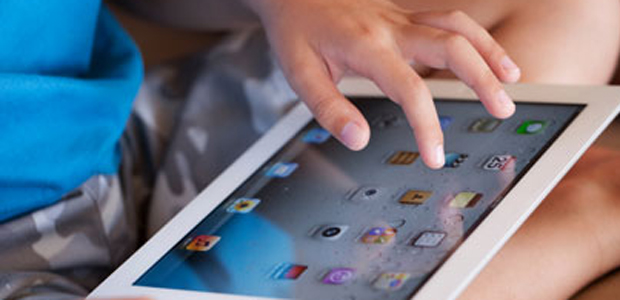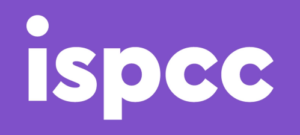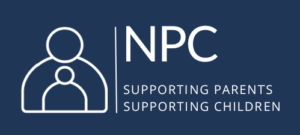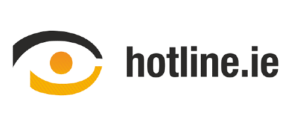
Is your school considering introducing tablets? Or maybe you have recently started using them? If so, you have probably spent some time thinking about network security, broadband capacity, technical support, data protection and a host of other issues that arise.
Tablets and internet safety in schools
To help ease the burden, we’ve compiled a list of 10 internet safety considerations worth keeping in mind, when introducing and using tablet devices in schools:
1. When can the tablets be used?
In schools, just like in businesses, unfettered access to internet enabled devices can be a serious distraction and productivity killer. Schools should think about restricting the use of devices to designated time periods during the day or to when students have the expressed permission of a teacher. Regulating tablet use is also important so that students socialise and develop friendships. If students spend every free moment browsing the internet on their tablets they might be disinclined to interact with each other and may struggle to settle into a new class group.
2. Don’t forget about the cameras!
If you ask teachers using tablets about internet safety issues, the first word out of their mouths invariably is… cameras! Practically all tablets contain good cameras. Whereas inappropriate websites and apps can be filtered and blocked, it’s more difficult to disable cameras. Unless schools have clear guidelines on when cameras can be used it is easy to see how the sharing of unforgiving photos, memes and doctored pictures could get out of hand and lead to abuse and cyberbullying. You should think about adding a section dealing with photos to your Acceptable Use Policy (AUP). You need to decide if taking photos on school grounds or when participating in school activities is something you want to prohibit completely, allow only with permission, or allow under certain specific conditions.
3. Indicate clearly how the tablets can be used.
You need to decide from the start whether tablets are only for educational purposes or if you’ll permit other uses. Is it ok to play Angry Birds at lunchtime? Can students stream music to listen to while they do project work? Try to show students how to use the tablets most effectively so that introducing tablets really does enhance their learning. You also need to think about putting protocols in place around installing apps or accessing online games. Again, all this can be embedded in your AUP policy.
4. Bringing the school into disrepute via social media.
There are a range of social media tools that allow us to interact and keep in touch. As tablets provide easy access to social media services it is important to make members of your school community aware of the principles they are expected to follow when using social media, particularly in relation to school. Everyone has a responsibility to protect the reputation of the school. Do you think it is appropriate to discuss personal information about pupils or staff on public online fora? If not, you need to be very clear in letting everyone know what the consequences are for doing this.
5. Keep on top of trends.
New applications and websites are constantly being developed for the teen audience. Snapchat was the big hit of the last year but there’s no telling what might be next. Schools using tablets need to stay on top of the apps being used by teenagers so that they can keep their lists of acceptable websites and apps up-to-date and relevant. The Webwise website and social media channels aim to keep teachers aware of any emerging internet safety concerns.
6. Make sure everyone knows what’s expected of them.
Putting together policies covering the use of tablets in your school is important but it is only the start of the process. Writing a policy, getting it signed, and filing it away is not sufficient. You need to make sure everyone (students, teachers, other staff and parents) knows what’s in the policy and puts it into practice. If something goes wrong, you need to be able to show that you have taken steps to implement and regularly review your policies.
7. Monitor students’ use of the tablets.
There are several ways of monitoring what sites and apps are being used in your school. You can regularly examine web access log files for any unusual patterns or evidence that undesirable sites are being accessed from your network. Alternatively a class tutor might perform regular spot checks on the tablet devices. Schools can also reserve the right to check what apps students are using. Monitoring and regulating which apps are downloaded by students helps ensure that tablet use is appropriate.
8. Not all children are technology experts.
While children might appear to be very adept at using tablets this doesn’t necessarily mean that they have the digital literacy skills to match. Like adults, some will be more expert than others. Often they struggle to establish which online sources of information are most authoritative and trustworthy. Most students will also need to be educated on checking the legitimacy of online offers, so that they avoid scams, and on being cautious about downloading suspicious files that might contain viruses.
9. Educate students on internet safety matters as they arise.
The experiences of using tablets can be used to integrate internet safety teaching points across the entire curriculum. If a teacher asks students to take screenshots, the teacher might then remind students that screenshots should be used to record evidence of cyberbullying.
10. Consult with students when updating your AUP.
The more students use the internet the more likely they are to encounter and be aware of online risks. When updating your school’s Acceptable Use Policy get input from the students, as this will give them a sense of ownership over the rules. As you learn from experiences of using tablets in schools be sure to update your AUP accordingly. An AUP is of use only if it updated regularly.



